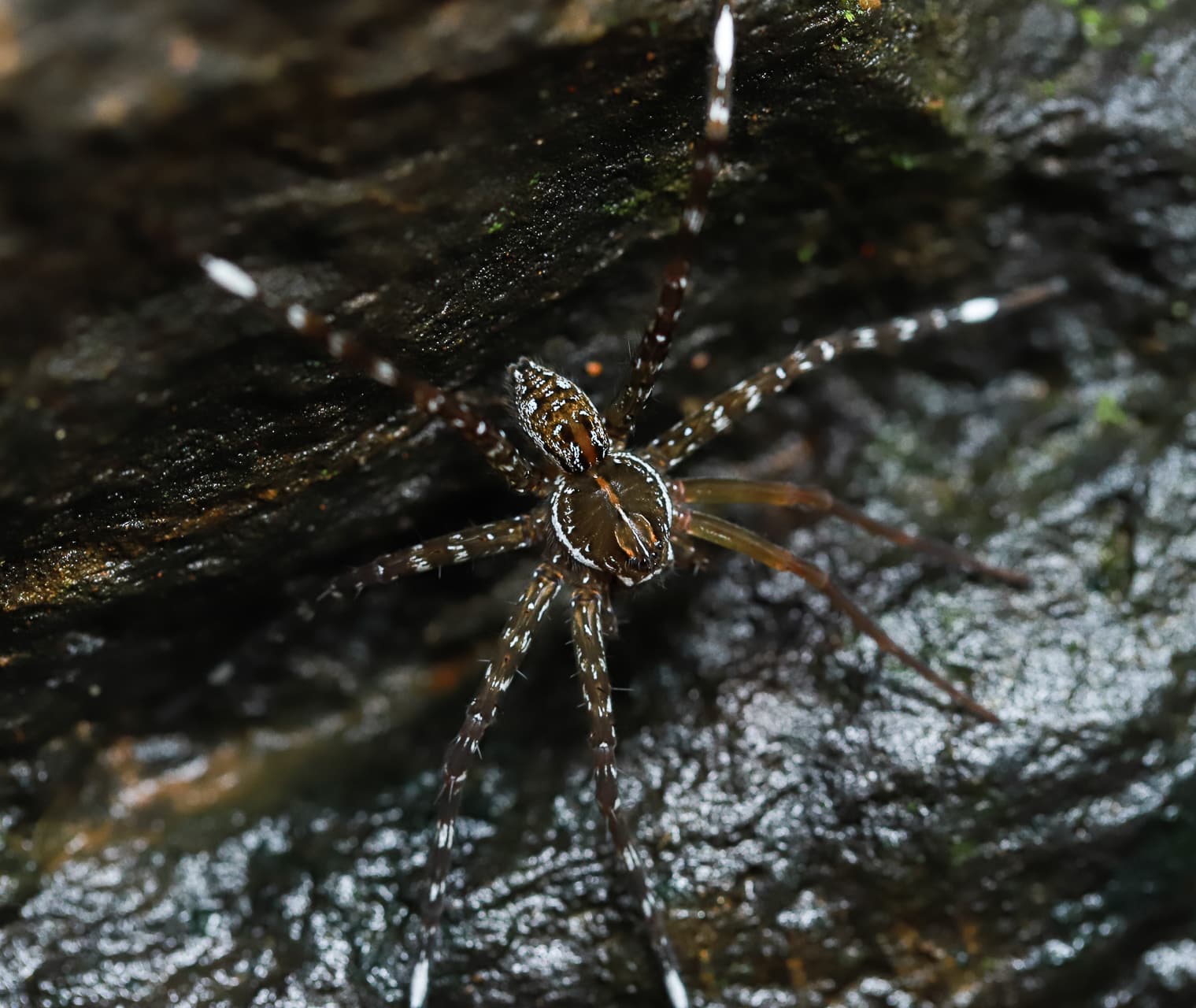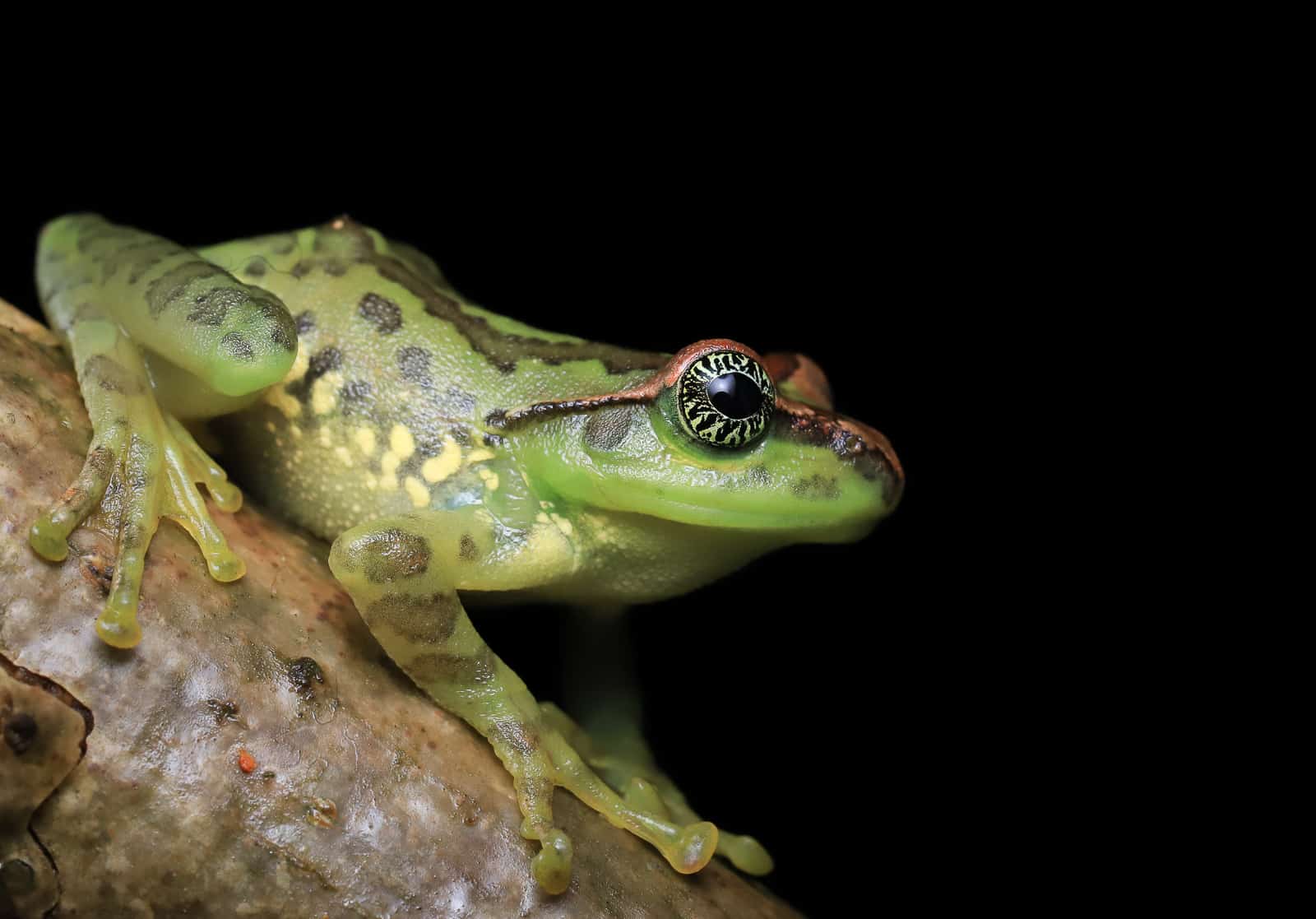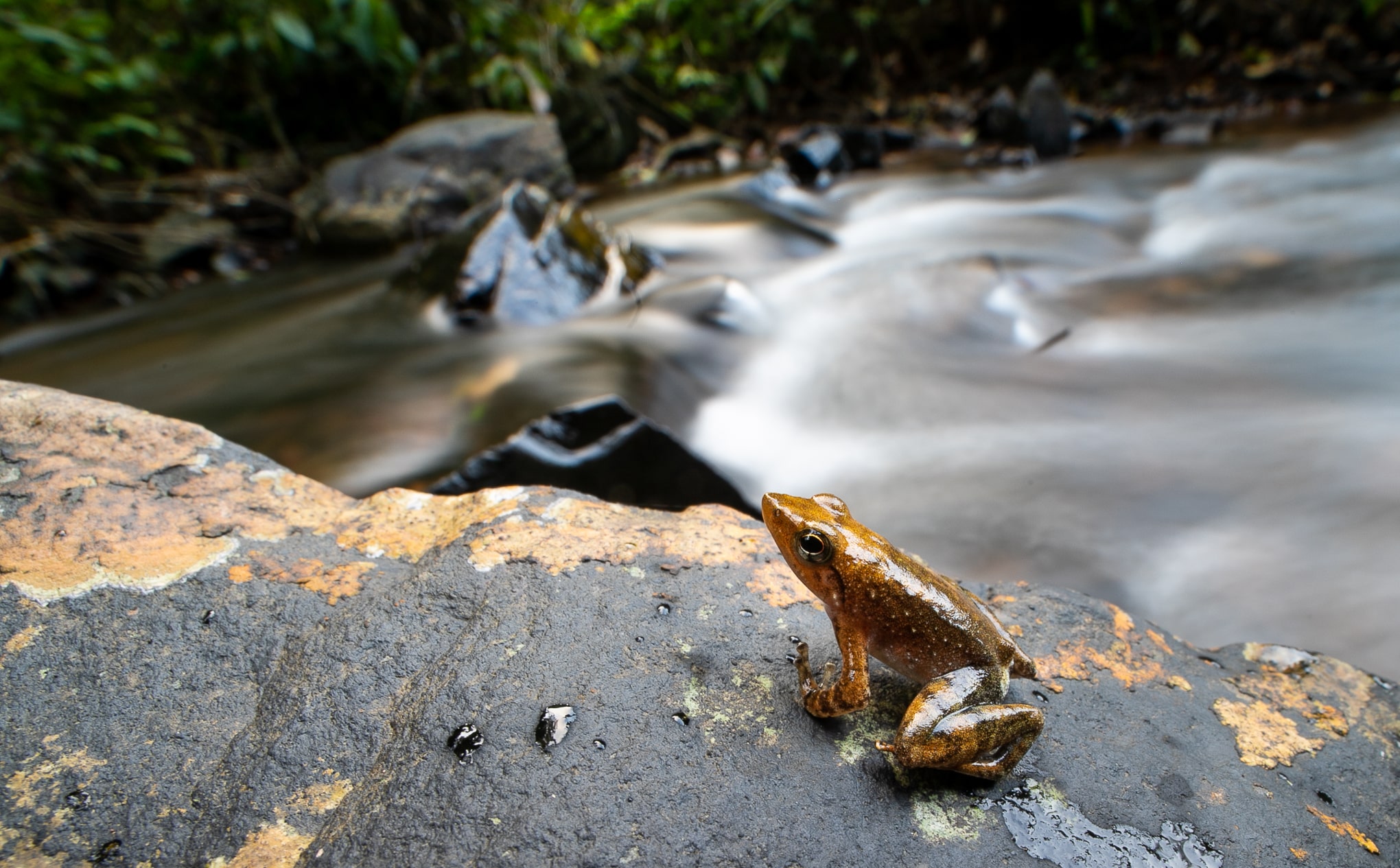While dealing with nature we should be immensely respectful. The wonderful world of forests and nature nurtured us from the beginning of human civilization and standing in the 21st century it’s our responsibility to conserve the world’s biodiversity.
Biodiversity hotspots receive top environmental priority in the world. These magical areas are reservoirs of biodiversity, but unfortunately are threatened with disturbances and destruction. India is blessed with four such biodiversity hotspots including the mighty Western Ghat, on the western flank of the Indian peninsula abutted by the Arabian Sea. Older than the Himalayas, these mountain ranges are home to at least 325 globally threatened flora, fauna, bird, amphibian, reptile and fish species. Right from the time I started my journey as a wildlife photographer, these ranges with their enormous flora and fauna have cherished me. This Great Escarpment of India is not only home to a diverse assemblage of species, it also forms a hub for different aspects for travel, tourism and other economic opportunities. Who doesn’t like to travel to the pristine wilderness and serene landscapes?
Today our world is driven by economic development however our oceans and forests often fall victim to its devastating impacts. In many parts of India, tourism is one of the prime economic activities but its effect on wildlife is still underestimated and defocused. We are still uncovering many wonders of the Western ghats, however their exploration by the scientific community is soon followed by the tourism industry. As a result, many hill stations along this region attract both national and international tourists and have emerged as famous tourist destinations.

This High-altitude Western ghat endemic Large-scaled Pit viper is found on roadside hill cliffs, shrubs and plantations and is vulnerable to habitat destruction. Picture credits: Shaon Pritam Baral
My work related to Western ghat endemic amphibians and reptiles, provided me an opportunity to explore some of the biodiversity rich regions from Sahyadri Hills in Goa to Anaimalai Hills in Tamil Nadu. In 2016, for the first time I was exploring Amboli ghat, a prime biodiversity hotspot in Sahyadri. This region holds the unknown world of Malabar pit viper, Malabar gliding frogs, Beddome’s cat snake, Bush frogs and many other amphibians and reptiles. However, this UNESCO World heritage site is also a very popular tourist destination with a number of magnificent waterfalls and viewpoints. To my surprise, in this hidden paradise of Malabar pit viper, along the streams I also found soapy water and plastic trash. Unlike the common tourist, for a wildlife photographer like me, the sight of countless people taking baths and washing clothes in this paradise was bewildering.

Fishing spiders, sensitive to habitat changes, are predominantly found in the forest streams of Western ghats and play crucial roles in surrounding ecosystems. Picture credits: Shaon Pritam Baral
In 2020, post monsoon my journey was to Anaimalai hill ranges to document some endemic and critically endangered amphibians, reptiles and to study their habitats. A few roadside streams where we found the beautiful Star eyed tree frog, Kodaikanal bush frog and few other endemics, were covered with trash – rotten food, bottles and plastics the very next morning. In another incident, the hillside habitat where we once documented Green eyed bush frog, Beddome’s bush frog, Night frogs, two sub species of Stick insects and Large-scaled Pit vipers, was found in ruins. Plants, shrubs were grounded and the place was filled with concrete blocks for a nearby developmental work.
Biodiversity hotspots around the world have been identified acknowledging their enormous impact on securing global biodiversity however for a regular tourist these reasons often evade their interest. Many endemic species are quite sensitive to the changes in habitat and environment, thus becoming vulnerable day by day. However, effects of numerous such interactions still remain unknown. Nevertheless, preservation of biodiversity hotspots is crucial, not only for protecting the associated wildlife but also to safeguard our future. Controlled tourism activities, checks on human behavior and eco-friendly development activities can be some of the ways to halt the loss of these sensitive habitats and habitants.

Star-eyed tree frog, a beautiful Western ghat endemic, living in the montane streams faces habitat degradation due to growing tourism pressure . Picture credits: Shaon Pritam Baral
Efforts in these directions are underway. As part of our recent projects of Lens and Stories – a non-profit organization for wildlife conservation and Bangalore based research groups, several observational and field researches are being conducted to understand the effects of tourism and developmental activities on the endemic species of Western ghats. Studies focused on polymorphism and change in life cycle activities; habitat preference and adaptation techniques of amphibians are being conducted in tourist populated regions of Anaimalai.
We believe that development is necessary but with space for nature to flourish. My heartfelt gratitude to Dr. Alaknanda Adur (Bangalore) and Hadlee Renjith (Naturalist and Conservationist, Munnar) for their contribution and countless efforts for this mission. As part of our conservation initiatives, we are filming the story of human wildlife conflicts, endangered species and their survival strategy, aiming to reach citizens with a hope for a greener future. We hope, with a little support from everyone, we can save and conserve our nature and its wildlife from further damage.


